In modern bathroom design, lighted mirrors are no longer just "good-looking". They can provide precise and uniform facial lighting, significantly enhancing the daily operation experience, such as applying makeup, shaving, and skincare. Compared with the combination of traditional lamps and ordinary mirrors, lighted mirrors reduce shadows, save space, and enhance the overall aesthetics. But all this is based on the premise that it is correctly installed.
Whether you are renovating a new bathroom or planning to upgrade an existing space, understanding the optimal installation position for a mirror with lights is a key step in determining your user experience.
1. Find the centre line of "eye to light": clear light is truly advanced
The most significant value of a lighted mirror is that it accurately reflects light on your face. To achieve this, the centre or main light-emitting area of the mirror must be close to eye level when you are standing. When an adult stands naturally in front of the mirror, the centre line of the mirror should be between 60 and 65 inches from the ground. This height can accommodate users of different heights, ensuring it is not too high to leave excessive white space at the top.
At the same time, pay attention to the directionality of the light: give priority to mirrors that emit light from the front or the left and right sides, so that the light can illuminate the face evenly from both sides, thereby avoiding heavy shadows under the nose, chin, and eye sockets. If it is matched with ceiling downlights, try not to let the top light become the primary light source, so as not to destroy the fill light effect of the mirror's light.
2. How to match the width and height of mirrors under different layouts
✨ Single basin configuration
If you are using a single basin, the mirror should be horizontally aligned with the faucet or the centre of the basin, and the visual symmetry between the top and the bottom is better. The width does not have to be equal to the entire countertop. It is recommended to be slightly wider than the basin, but do not cover the whole wall. Usually, it is very coordinated to occupy 70% to 80% of the countertop's width.
It is more appropriate for the bottom edge of the mirror to be about 5 to 8 inches away from the countertop. This height can prevent water splashing on the mirror, and will not make the space between the mirror and the countertop too "cold".
✨ Double Basin Configuration
If you use a double basin, you can choose two independent mirrors or a long mirror.
Two mirrors: Each mirror is centred on the corresponding faucet, leaving a 4 to 6-inch gap between them. This will not appear crowded, nor will there be an awkward gap.
One large mirror: It is recommended to extend the mirror from one basin to the other, slightly beyond, keeping the centerline of the mirror between the two faucets. The upper edge height is consistent with the single basin, and it is most natural to keep it between 70 and 75 inches, avoiding proximity to the ceiling.

3. Small space and special wall: How to deal with it flexibly
✨ Small bathroom or toilet
When space is limited, the lighted mirror needs to pay more attention to the efficiency of light source coverage. It is recommended to choose a mirror with vertical light, that is, light strips on the left and right sides. This design can effectively fill in the light without occupying the top space. In the small bathroom space, soft light and adjustable brightness are the core. It is recommended to pair it with a mirror that features a dimming function to facilitate adjusting the intensity according to your needs.
Additionally, the mirror width is controlled at 20 to 24 inches, which is more suitable for small spaces, and it should not be too large to disrupt the visual proportion.
✨ Against the window or a special-shaped wall
If the mirror is positioned close to a window or an angled wall, it is easily disturbed by natural light. It is recommended to avoid placing the mirror in a direct sunlight area. The mirror can be slightly offset from the centre of the window, or choose a front-lit design to enhance the daytime fill light effect. At the same time, make sure that there is at least two or three inches of buffer space between the edge of the mirror and the corner of the wall to prevent the edge light from being blocked and affecting the overall uniformity.
4. Ideal installation points for different types of mirrors
Front-lit
The luminous surface of this mirror is on the same plane as the mirror surface, which is very suitable for daily task lighting. It is recommended that the centre line be located at about 62 inches, so that the upper and lower edges of the mirror are not too close to the ceiling or the table.
Backlit
Although the atmosphere is stronger, it is less helpful for facial lighting and is mainly used to create a sense of spatial hierarchy. This type of mirror is recommended for installation on a lighter background wall to enhance the reflective layering. Leave more than 10 inches of space at the top to avoid the light band pressing against the top.
Conclusion: Don't let a good mirror lose in "position"
A high-end mirror with light may not illuminate the face clearly if it is not positioned correctly, which can cause glare or shadows. Truly comfortable bathroom lighting is the experience improvement after "matching people and light". No matter whether your bathroom is big or small, and whether the decoration is new or old, as long as you understand the role of light and the user's position, you can easily install a mirror that is both convenient and visually pleasing.








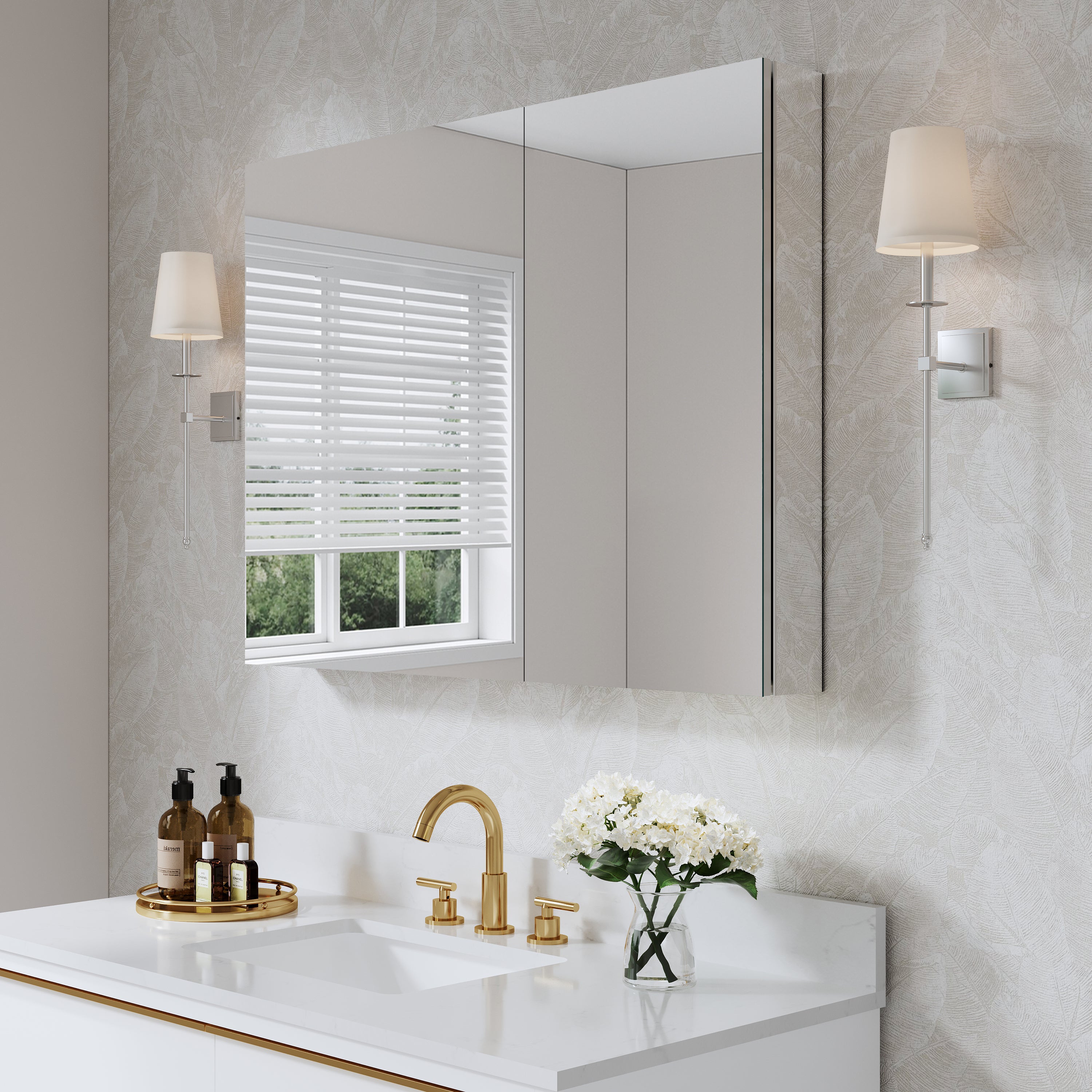



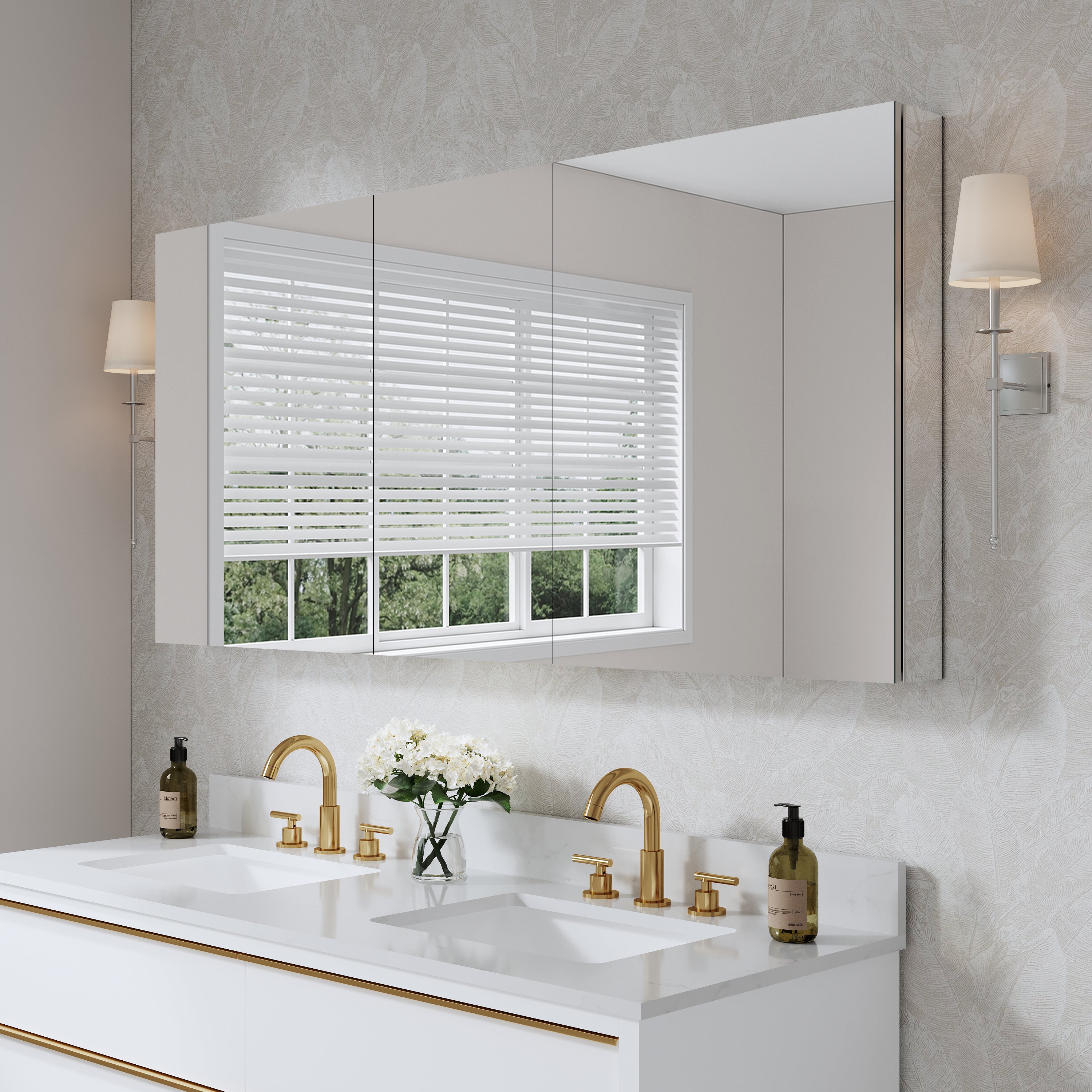




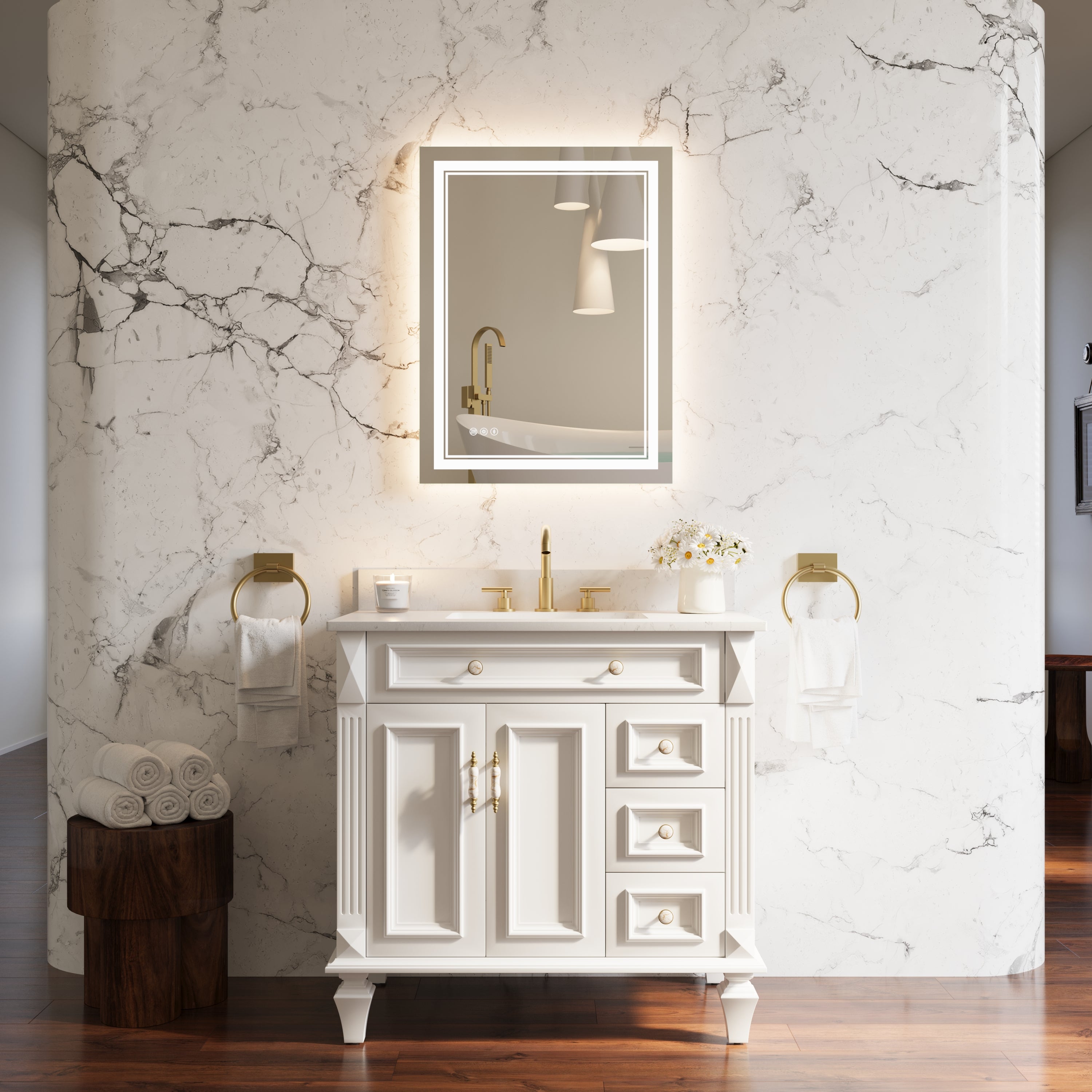
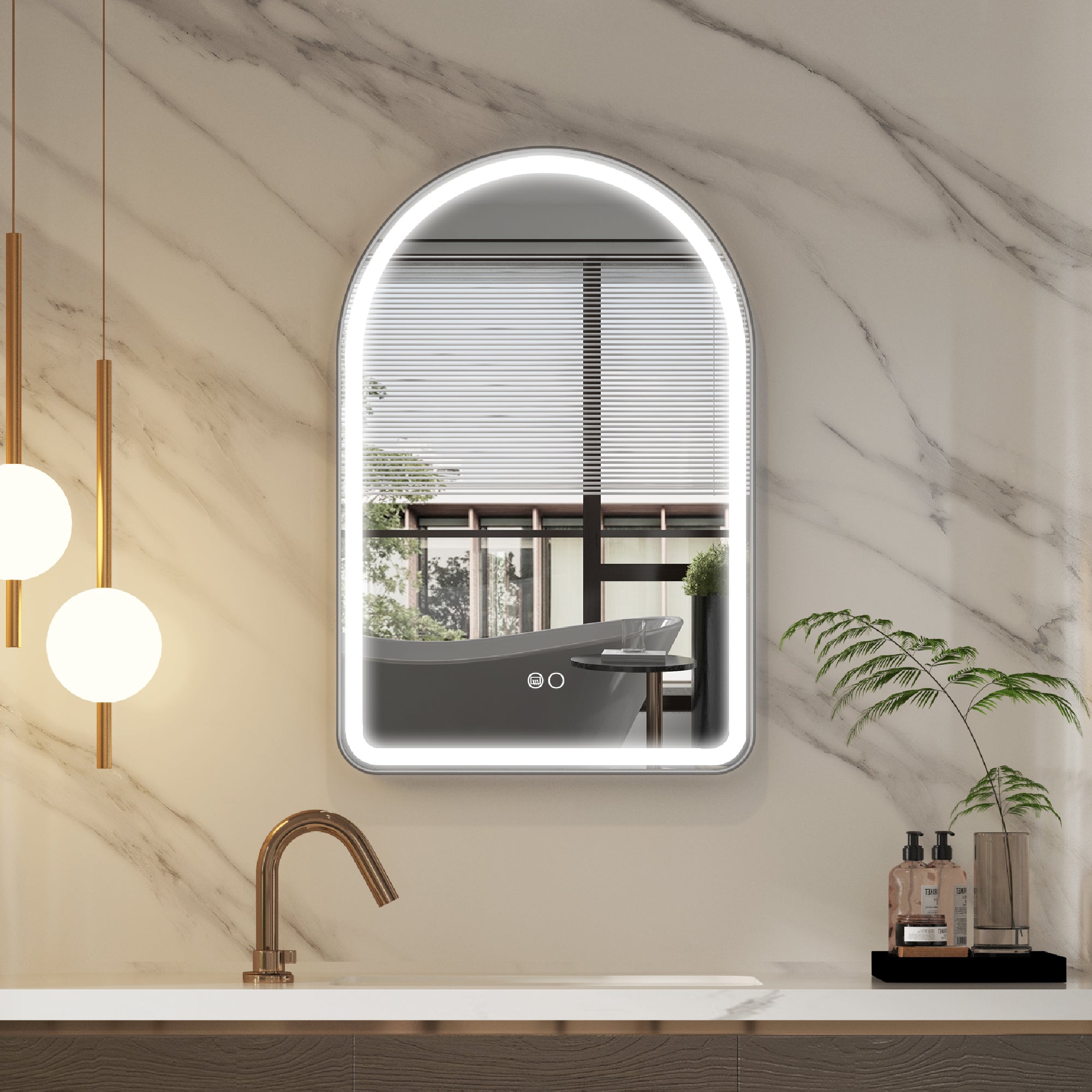
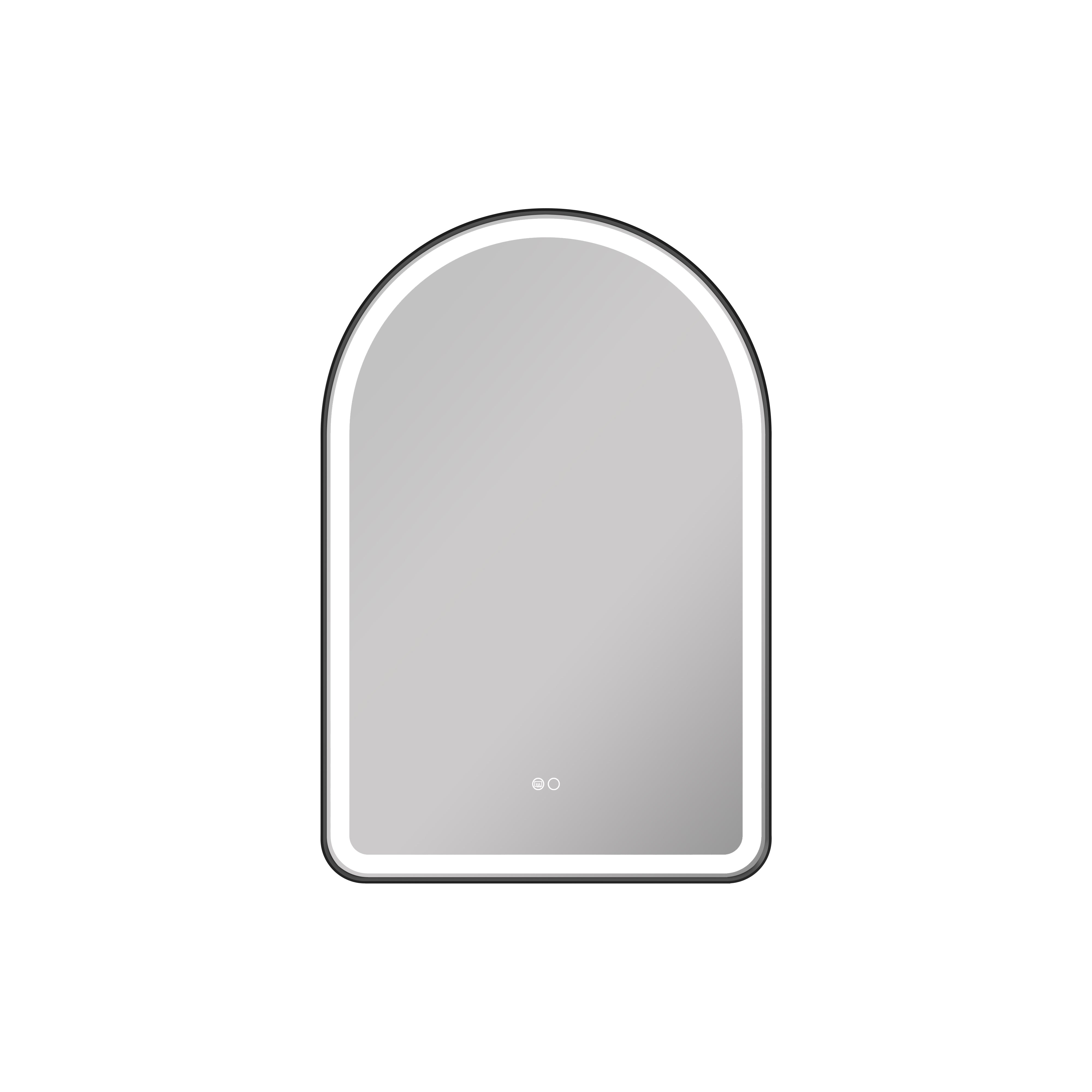

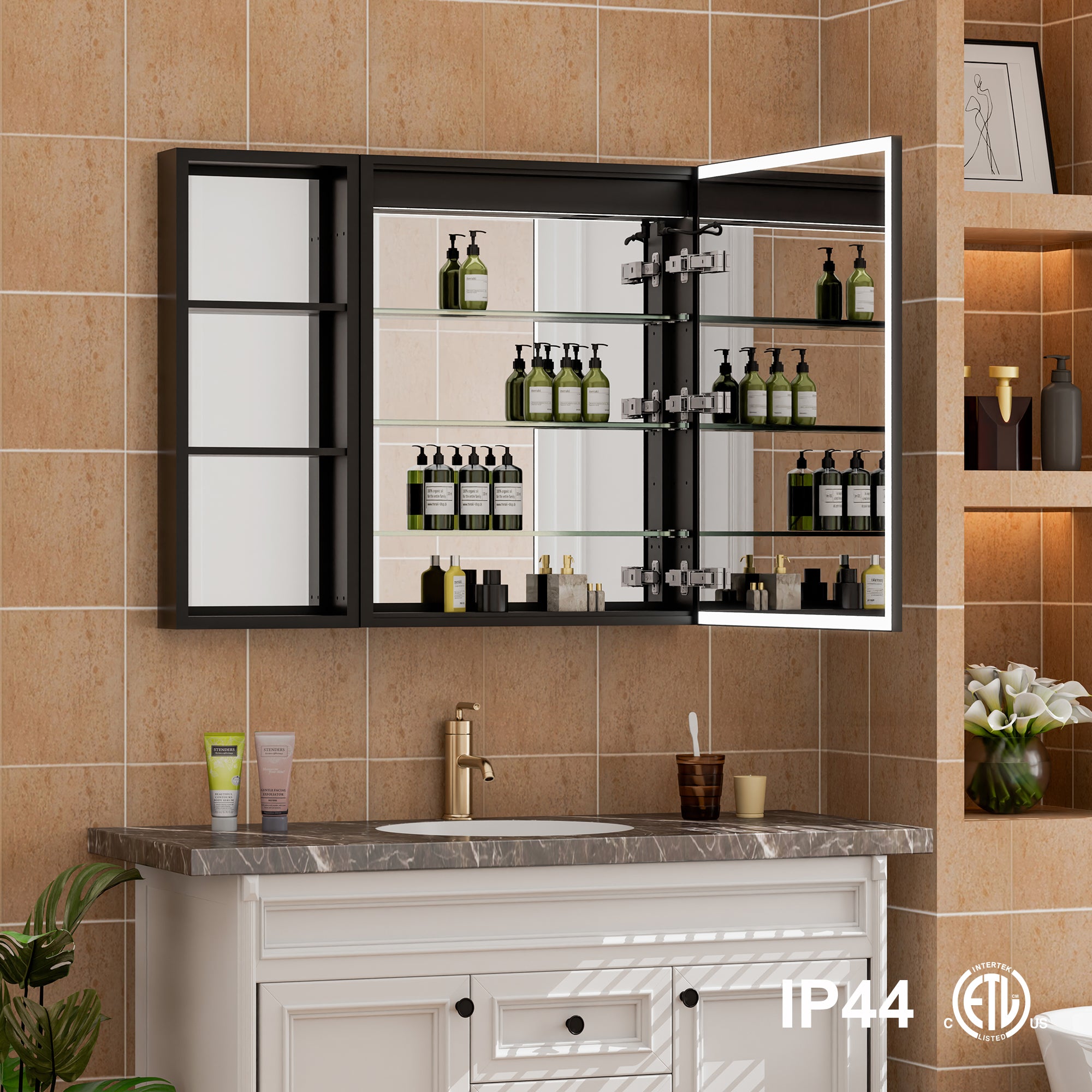
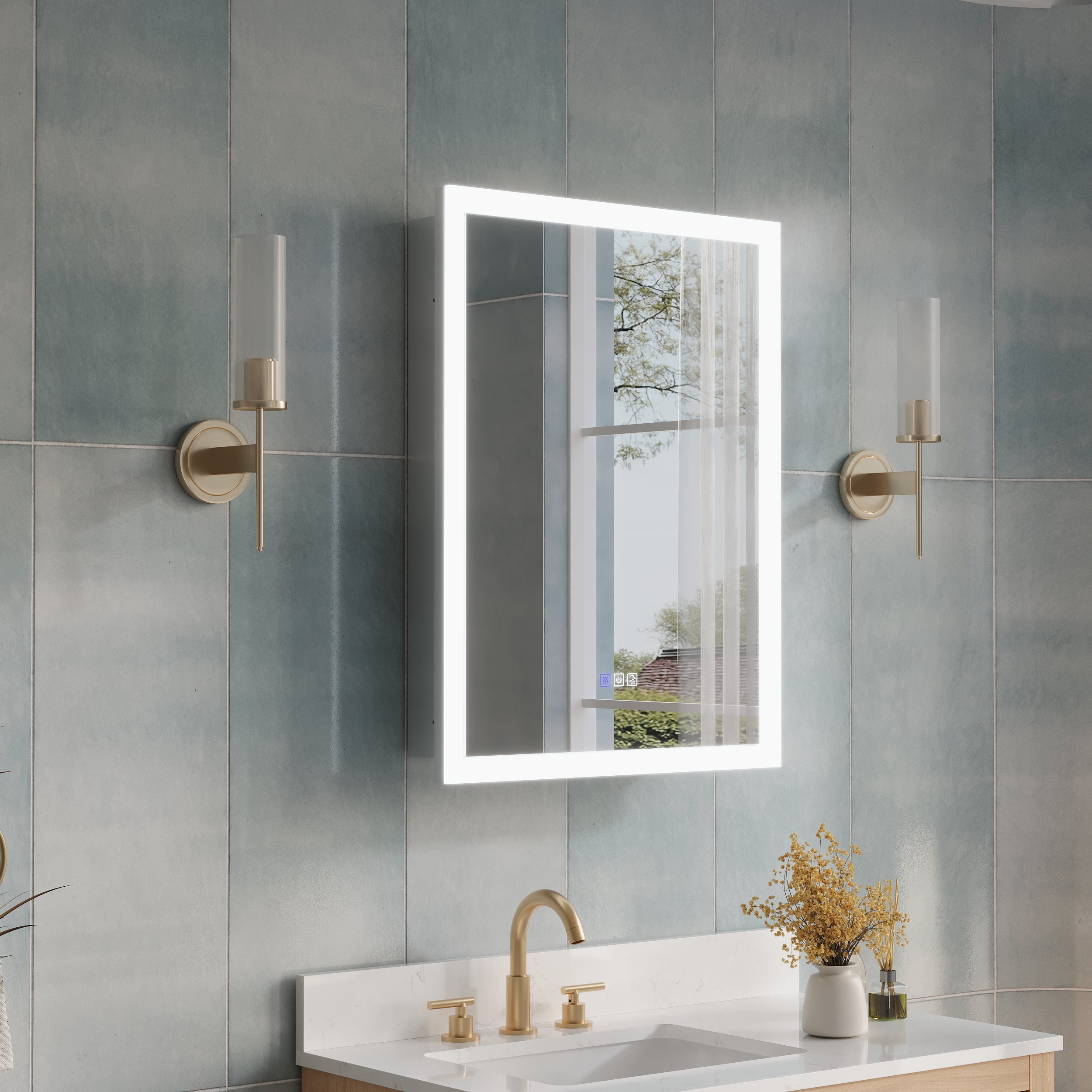
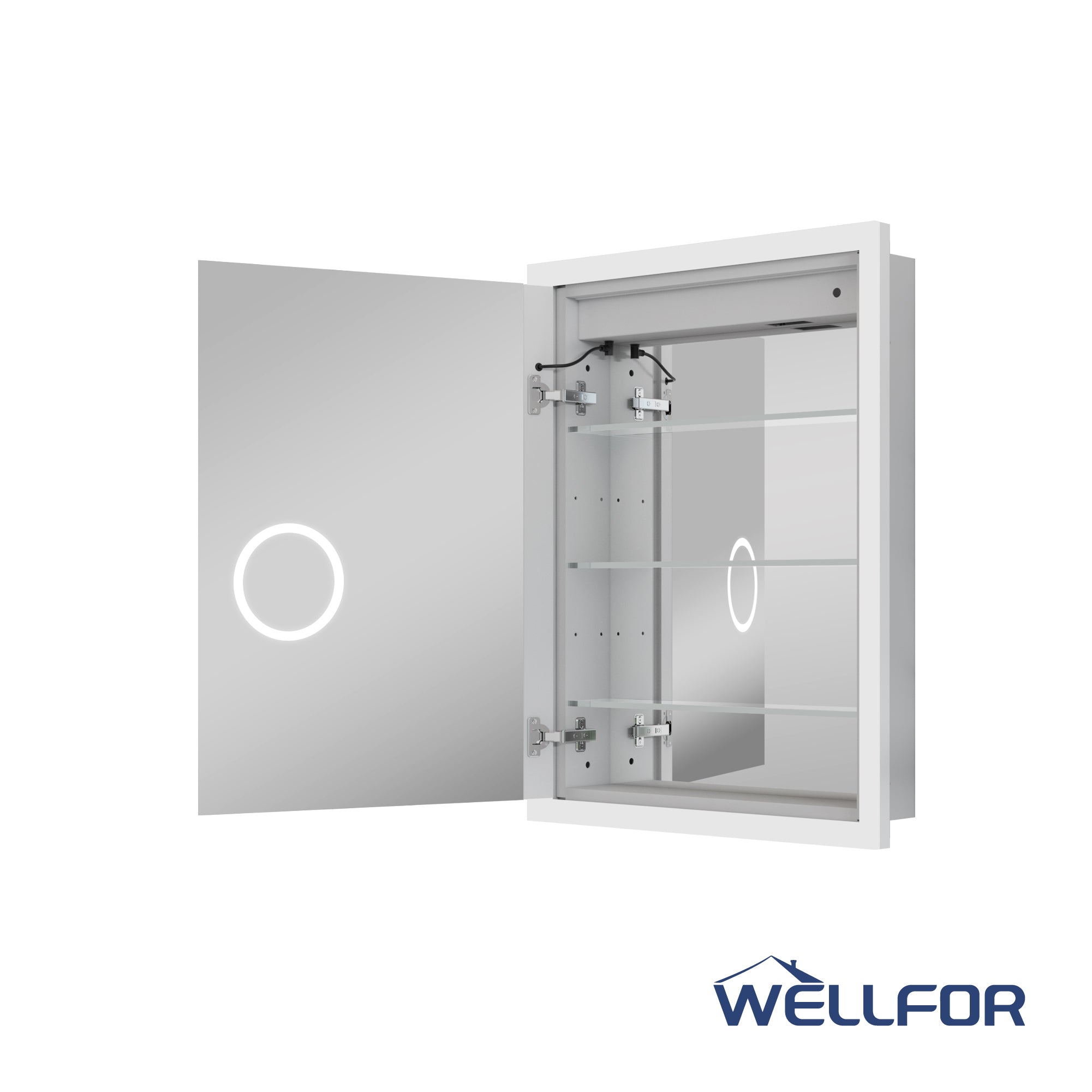
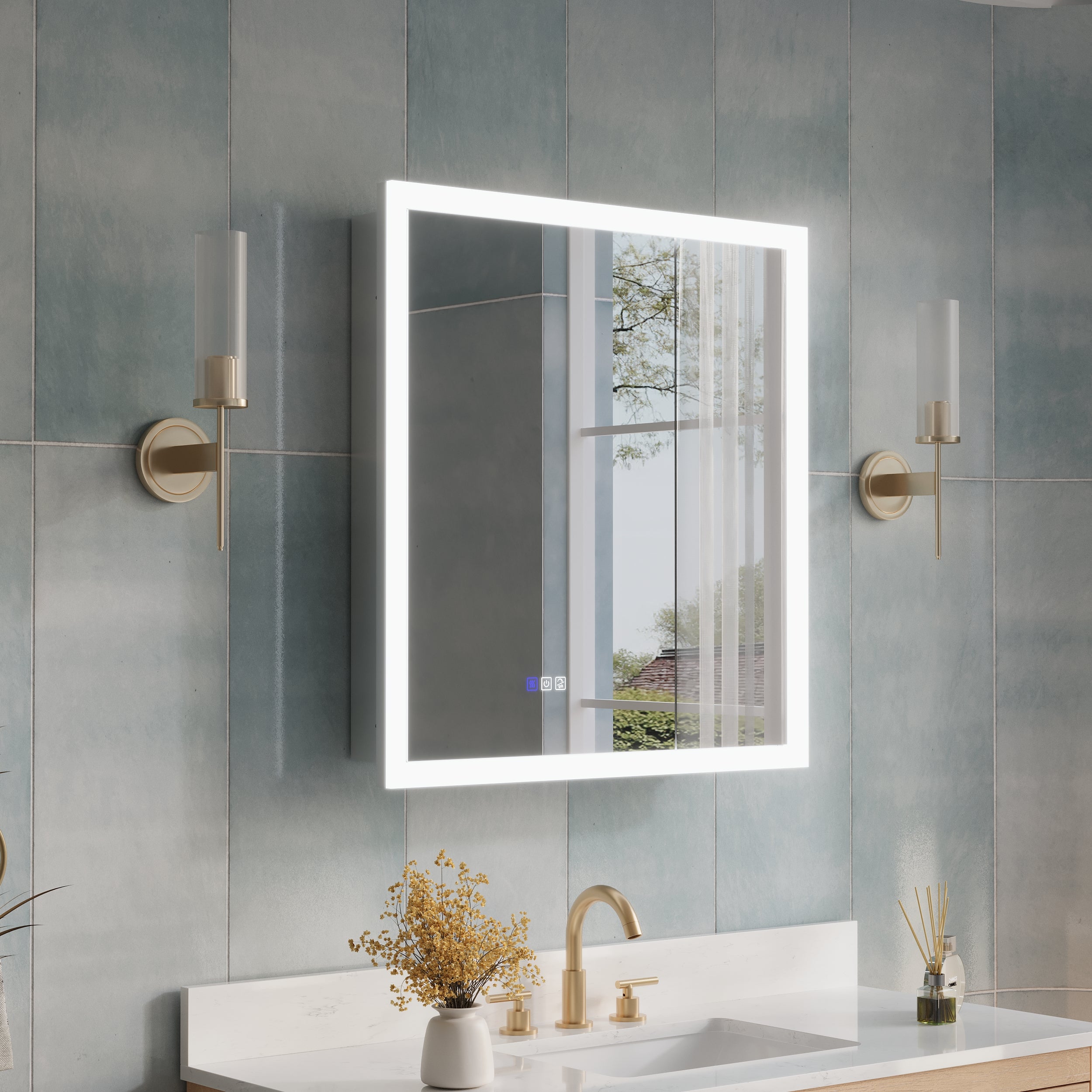
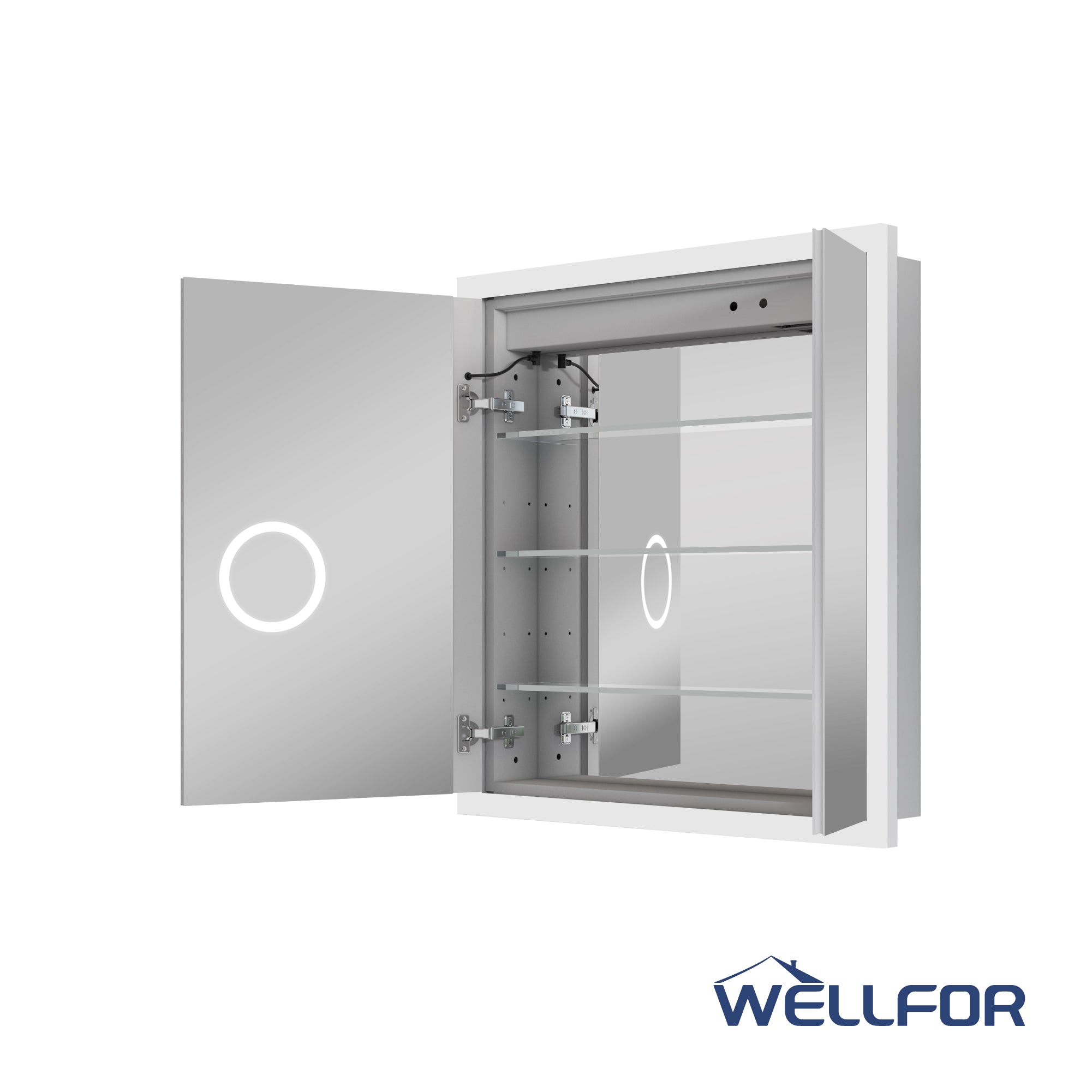
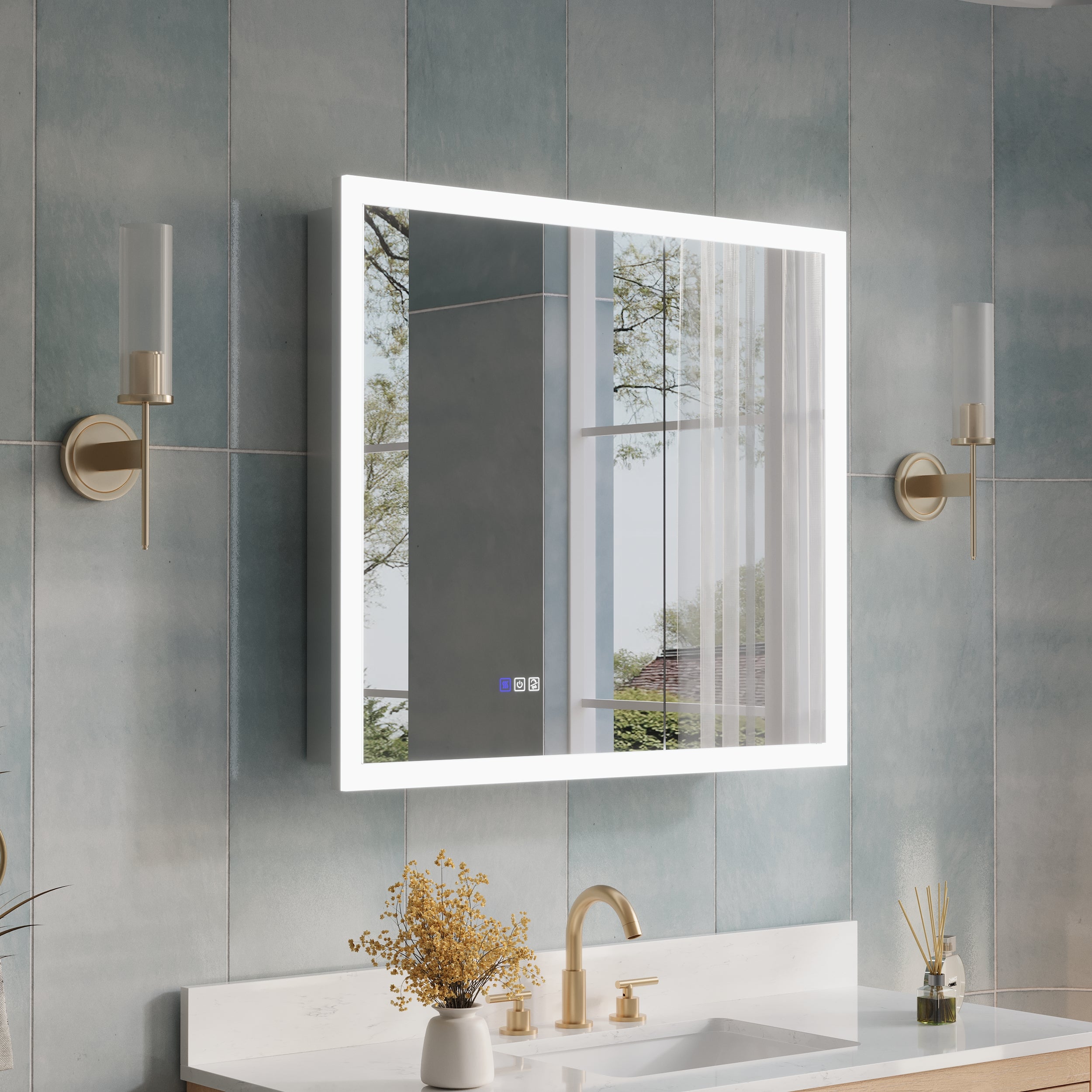

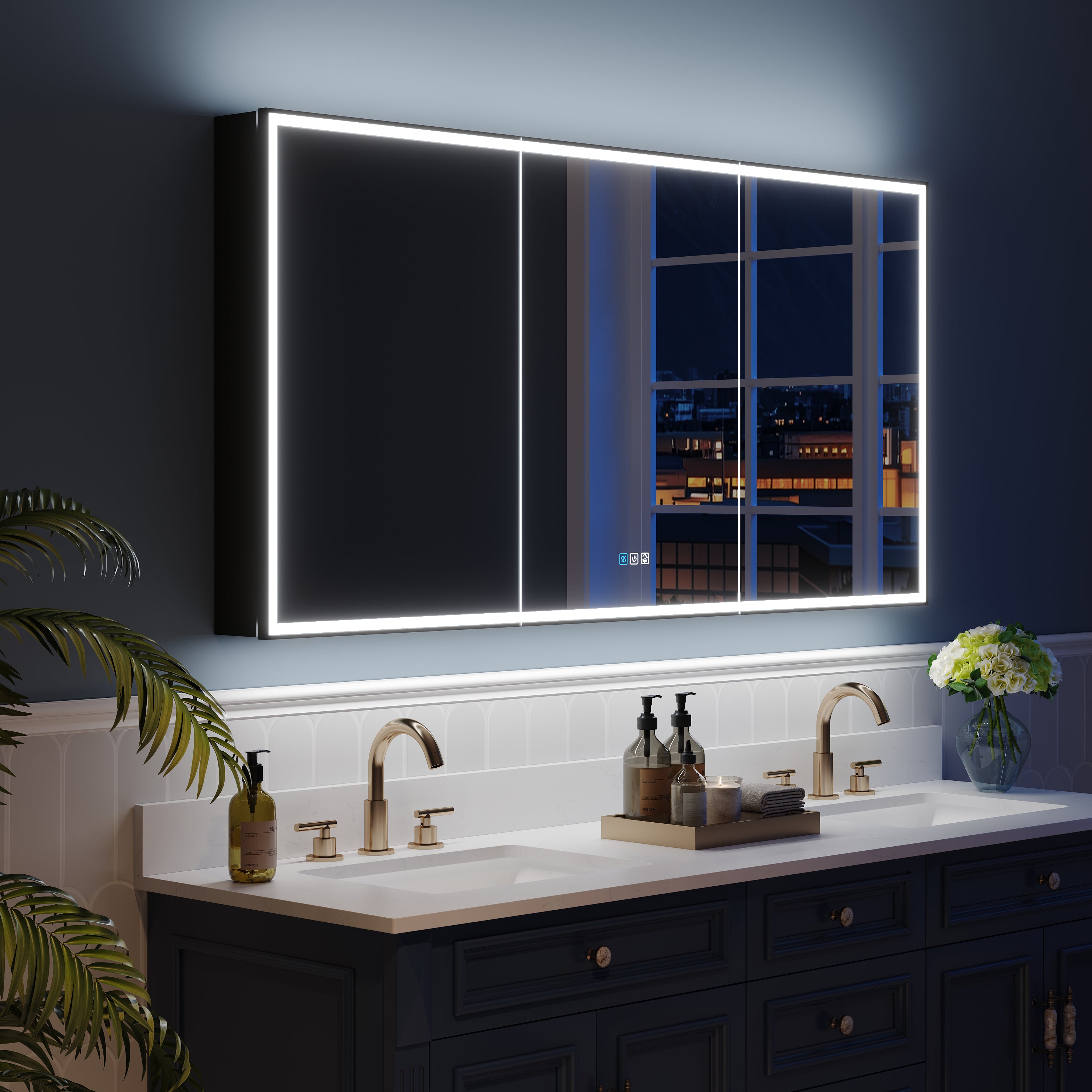
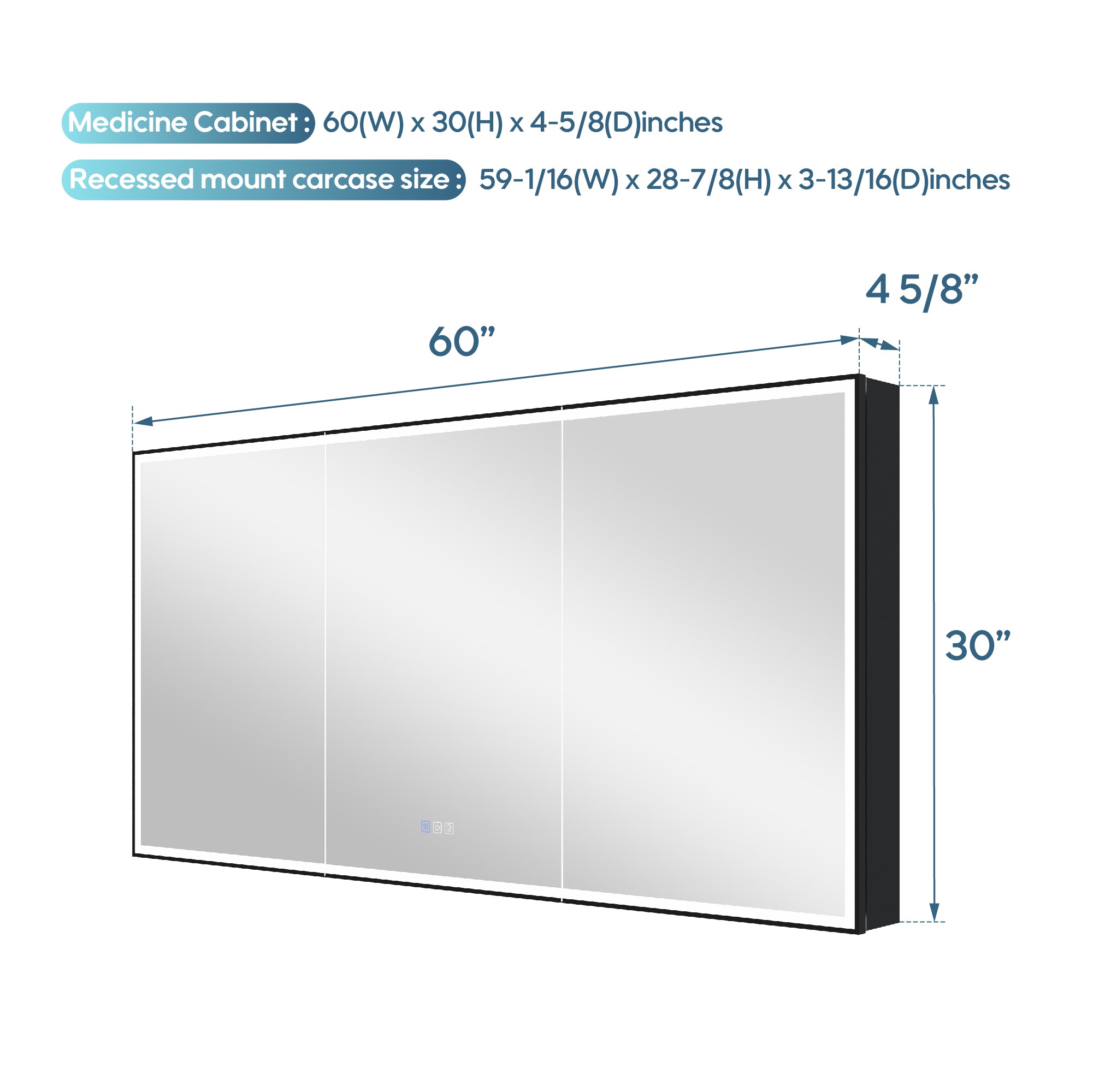
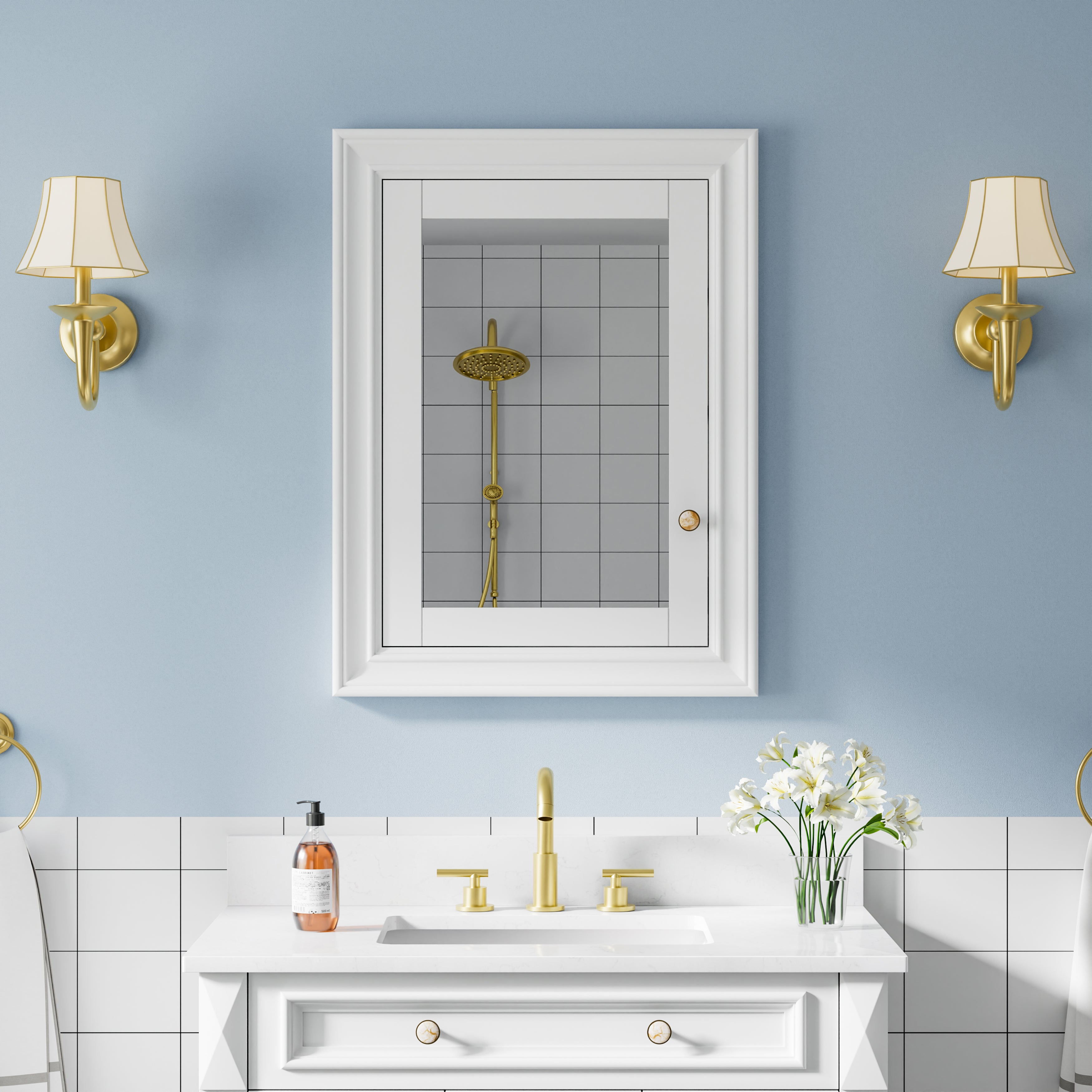


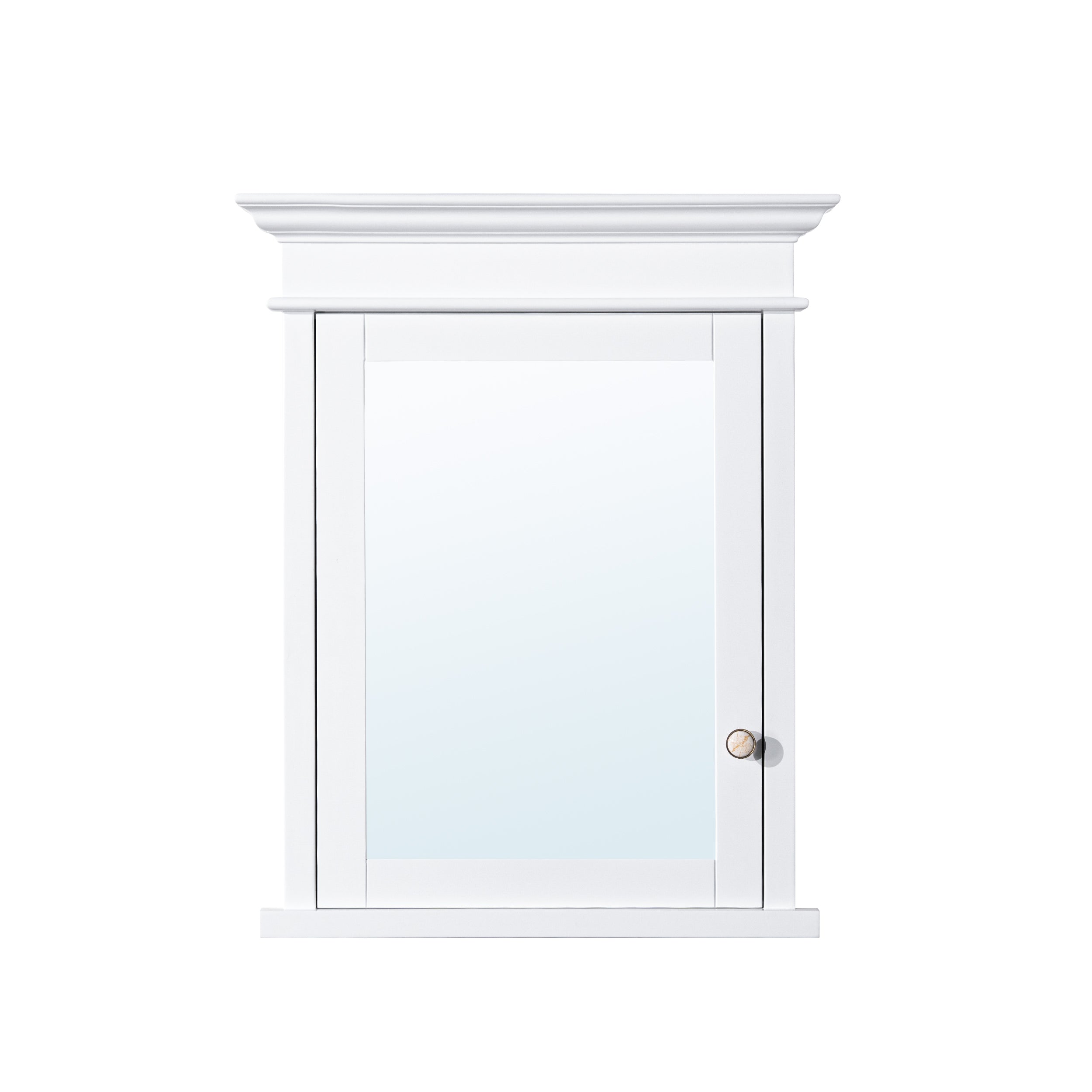

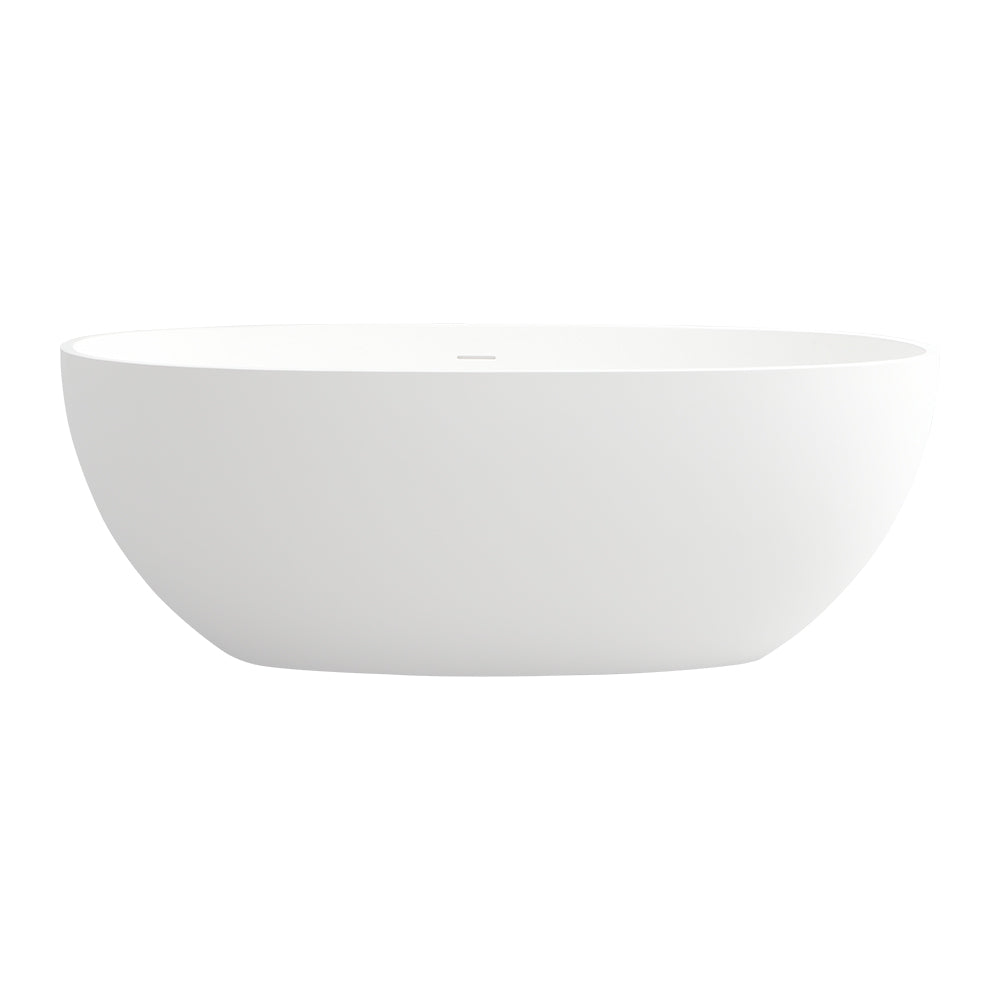


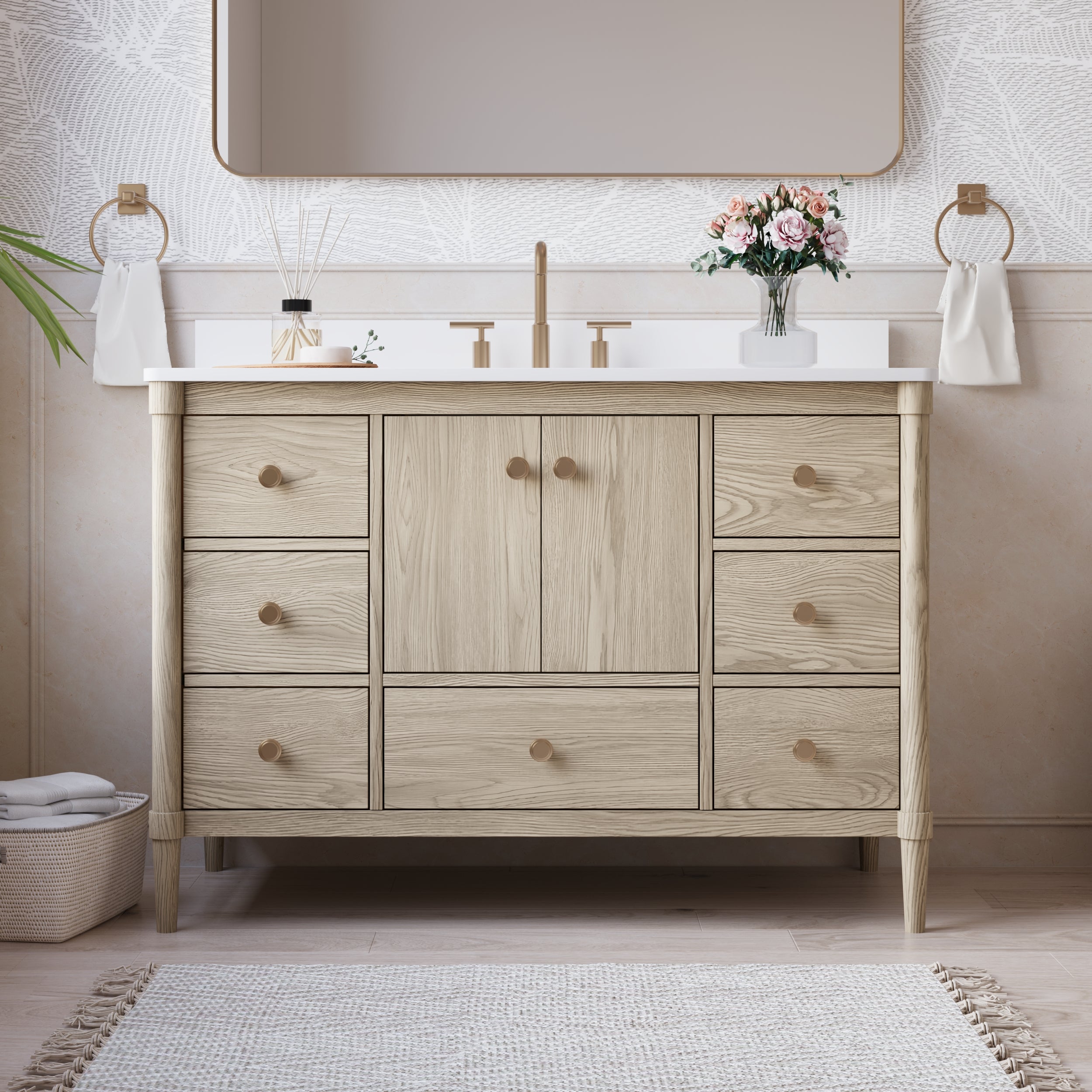
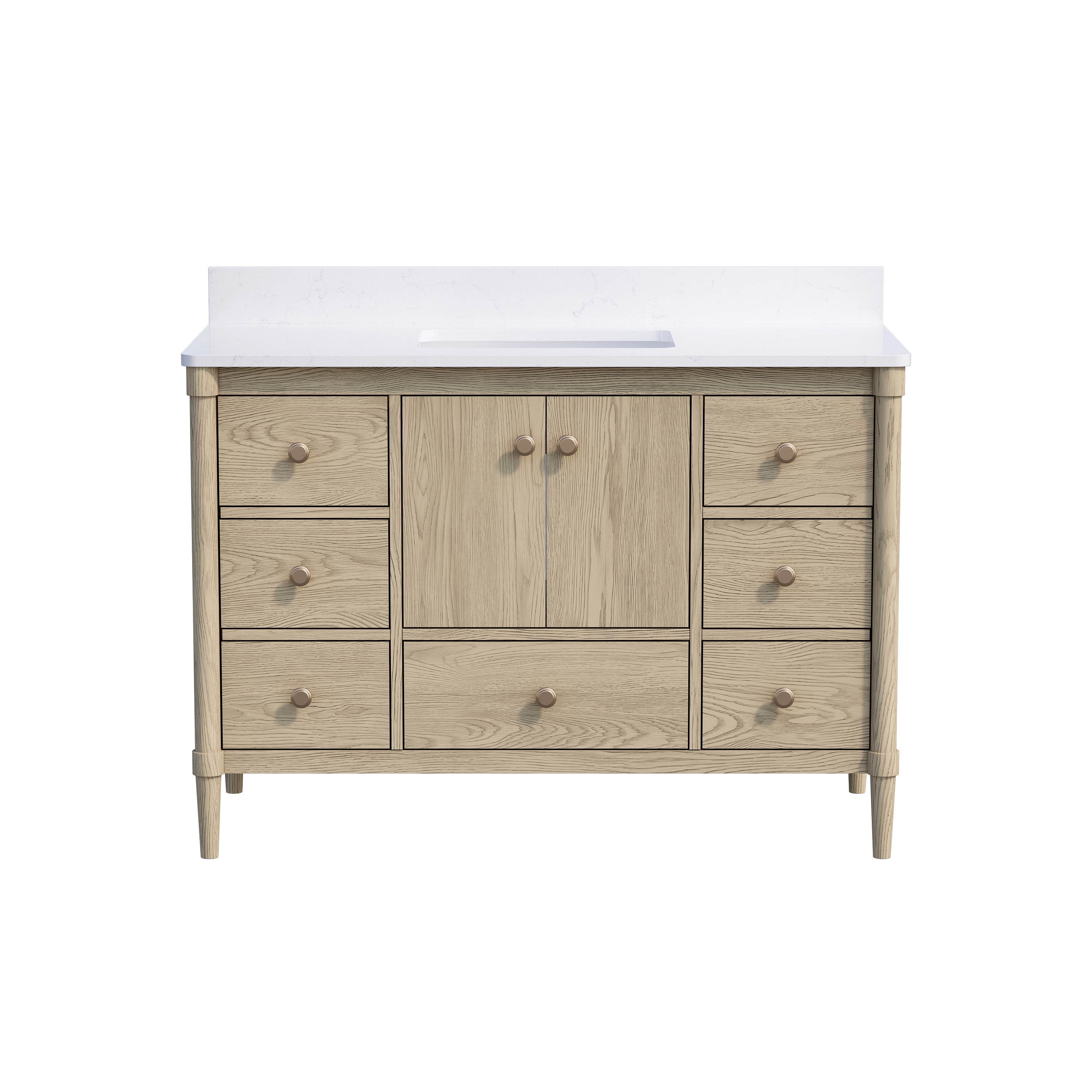
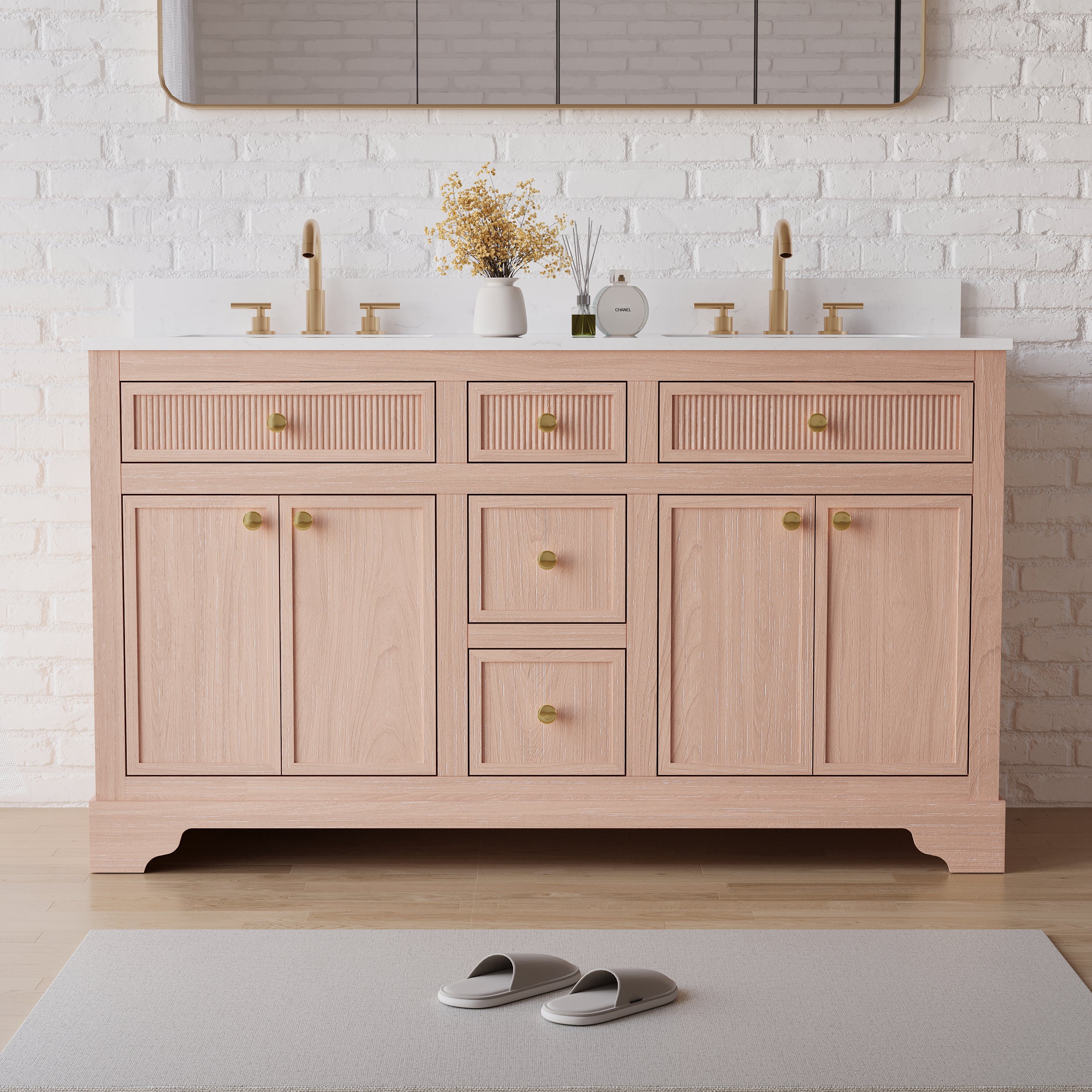



Leave a comment
This site is protected by hCaptcha and the hCaptcha Privacy Policy and Terms of Service apply.